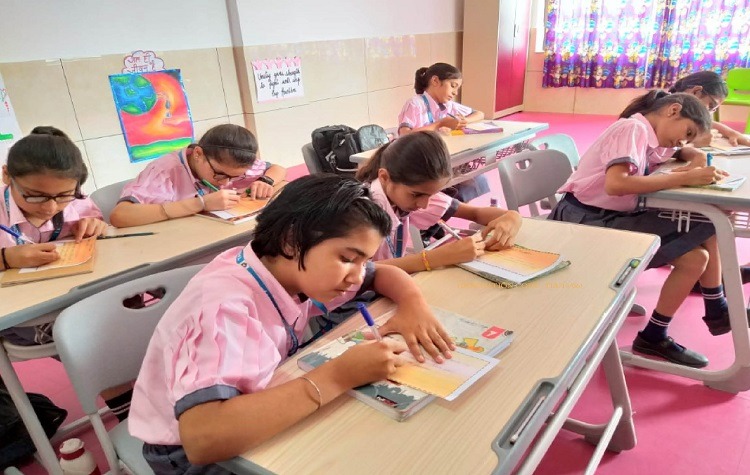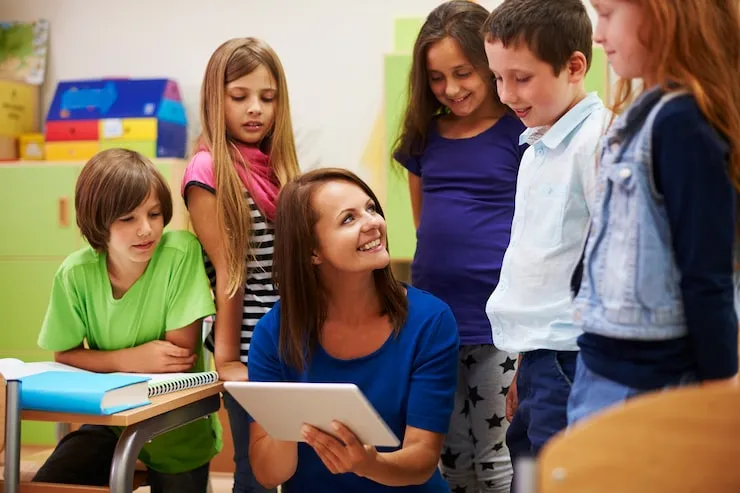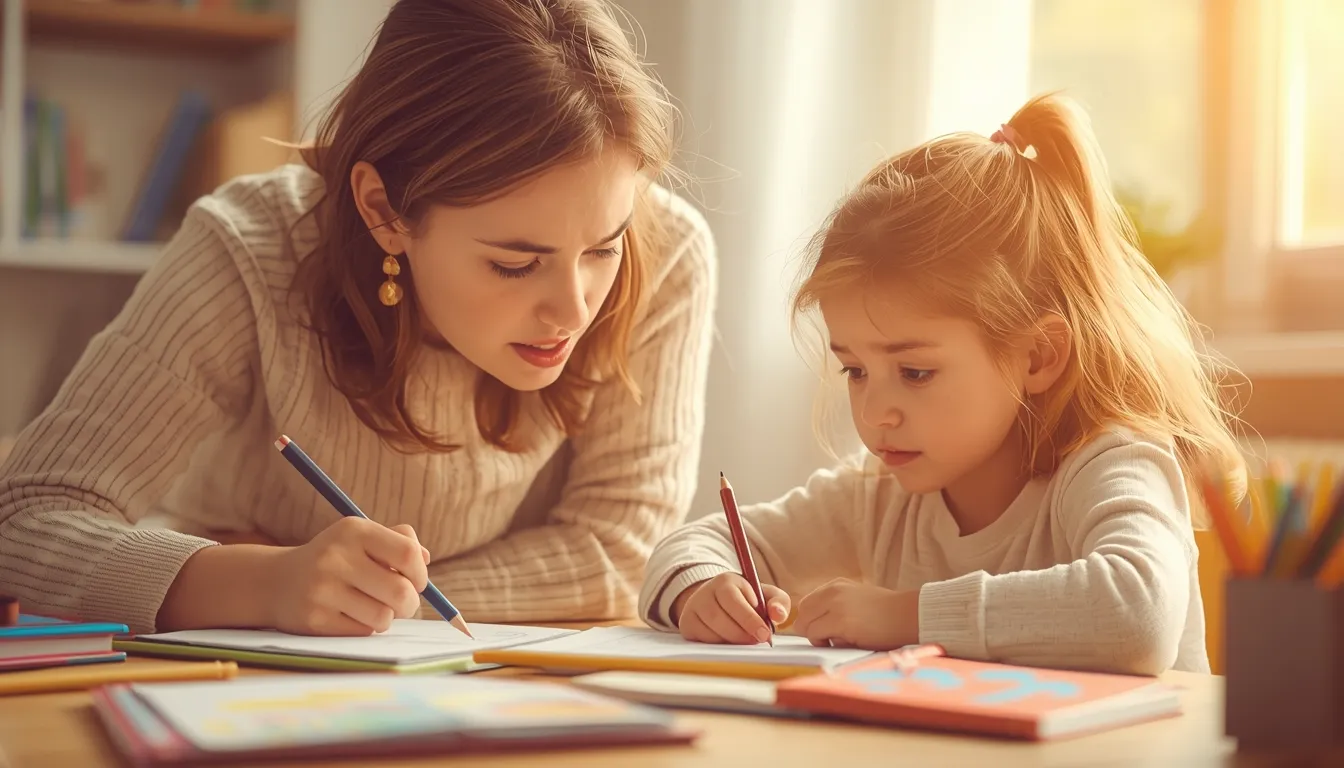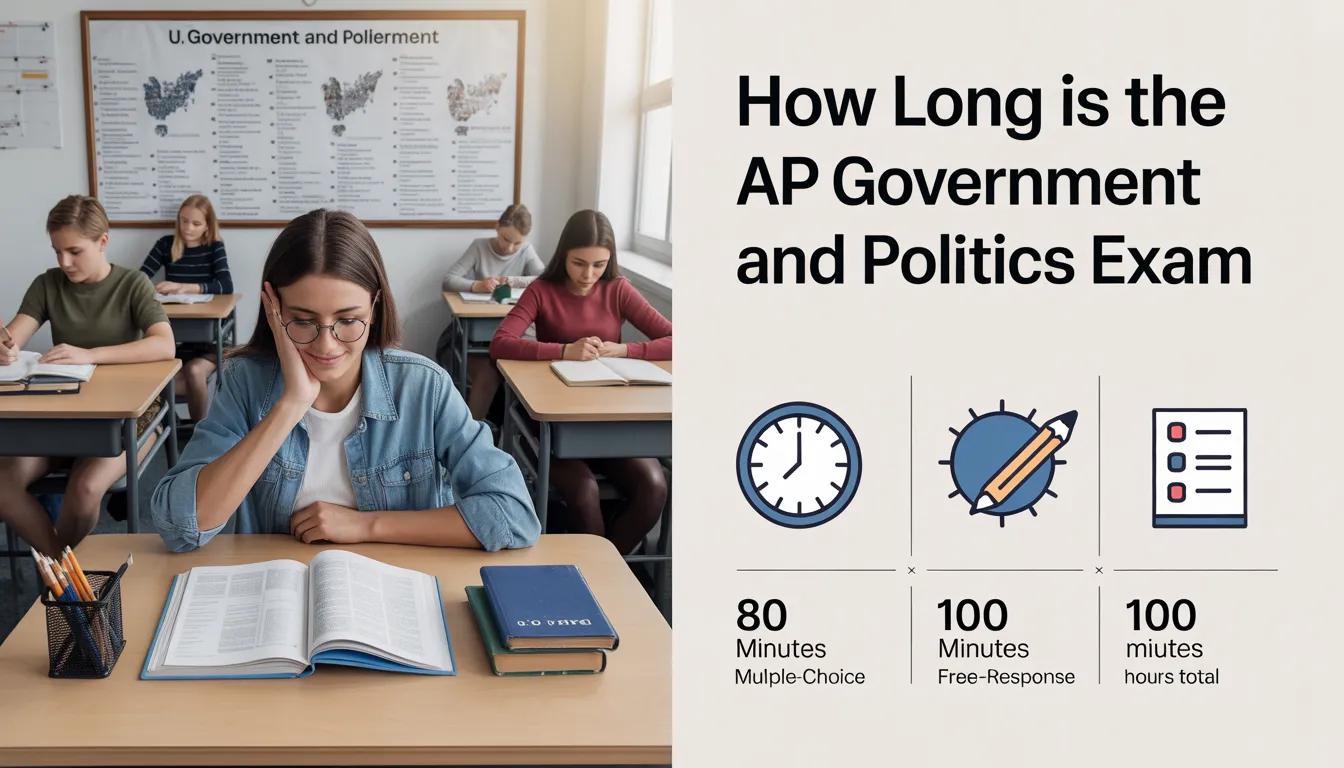Remember the sound of chalk on a blackboard? The feeling of reading from a heavy textbook? For a long time, this was what school felt like for most children in India. But today, something exciting is happening. Classrooms are transforming. The air is filled with the buzz of collaboration, the click of mice, and the laughter of discovery. This change is powered by Innovative Teaching Methods in Indian Schools. This shift moves learning beyond just memorizing facts. It focuses on building skills like creative thinking and problem-solving abilities. The goal is to prepare students not just for exams, but for life. This article will explore the exciting new ways students are learning. We will see how these methods make education more fun and effective.
Why Do We Need a Change in Teaching?
The old way of teaching, often called traditional rote learning, has its place. It helps students remember important information. But the world has changed. Today, information is available everywhere, right in our pockets. Success now depends on what we can do with that information. Can we solve a new problem? Can we work in a team? Can we think of a new idea? This is why innovative pedagogical approaches are so important. They help develop a growth mindset in students. This means students learn to believe that they can improve through effort and learning from mistakes.
A Look at Key Innovative Teaching Methods in Indian Schools
Let's dive into some of the most effective new teaching strategies. These methods are making a big difference in classrooms across the country.
Exploring the Impact of Innovative Teaching Methods in Indian Schools
Schools are adopting a mix of modern techniques. These methods cater to different learning styles. They ensure every child has a chance to succeed.
Learning by Doing with Project-Based Learning
Imagine learning about physics by building a model bridge. Or understanding history by creating a documentary. This is project-based learning (PBL). In PBL, students work on a complex question or problem for an extended period. They research, collaborate, and create a final product.
Benefits of this method:
-
Builds Critical Thinking: Students learn to ask questions and find answers.
-
Encourages Collaboration: They learn to work as a team.
-
Makes Learning Relevant: Students see how their lessons connect to the real world.
Advertisement
This is a powerful form of student-centered learning. The teacher acts as a guide, not just a lecturer.
Flipped Classrooms: Switching Up Homework and Classwork
What if homework was for learning new lessons? And class time was for doing exercises and projects? This is the idea behind the flipped classroom model. Students watch video lectures at home. They can pause and rewind as needed. Then, they come to class ready to apply that knowledge. They work on problems, engage in debates, and get help from the teacher. This approach allows for personalized learning paths. Each student can learn at their own pace. It transforms the teacher's role into that of a mentor and facilitator.
Using Technology to Make Learning Fun
Technology is not just for playing games. It is a powerful tool for education. EdTech tools for schools are changing the game.
- Educational Apps and Games: These turn practice into a fun activity. Apps can teach math, languages, and science in an engaging way.
- Digital Classrooms: Smartboards and projectors make lessons interactive. A history lesson can include a virtual tour of an ancient monument.
- Online Learning Platforms: These platforms offer extra practice, tutorials, and quizzes.
This method supports blended learning in education. It mixes traditional teaching with digital tools. This creates a rich and dynamic learning experience.
Learning Through Stories and Real-World Problems
Stories make us care. Problems make us think. Storytelling in education and problem-based learning combine these two powerful ideas. Teachers can use stories to explain difficult concepts. A complex scientific principle becomes easier to understand when it's part of a story. Similarly, teachers can present students with a real-world problem. For example, "How can we reduce plastic waste in our school?" Students then use knowledge from different subjects to find a solution. This is a great way to develop problem-solving abilities.
The Role of the Teacher in Modern Classrooms
With new teaching methods, the role of the teacher is also changing.
The Teacher as a Guide and Facilitator
In innovative classrooms, the teacher is no longer the only source of information. Instead, they become a facilitator of learning. They guide students as they explore topics on their own. They ask thought-provoking questions. They provide resources and support. This shift is crucial for promoting critical thinking in children. It empowers students to take charge of their own learning journey.
Importance of Continuous Teacher Training
To use these new methods, teachers need training. Continuous professional development for educators is essential. Workshops and courses help teachers learn how to use technology and new teaching strategies effectively. A well-trained teacher can create a magical classroom environment. They can inspire a lifelong love of learning in their students.
Success Stories: Innovative Teaching Methods in Indian Schools in Action
Many schools in India are already leading the way. They are showing how these methods can create amazing results.
Case Study: A School in Delhi Uses Project-Based Learning
A school in Delhi wanted to teach students about civic responsibility. Instead of just reading about it, they started a project. The students had to design a plan to make their neighborhood cleaner. They researched waste management. They interviewed local residents. They created posters and presentations. Finally, they presented their plan to a local councilor. The students learned about civics, science, and communication. They also learned that they can make a real difference in their community. This is experiential learning at its best.
Challenges and The Path Forward
Adopting new methods is not always easy. There are challenges to overcome.
-
Infrastructure: Not all schools have the funds for technology or new materials.
-
Resistance to Change: Some parents and teachers may be used to the old ways.
-
Exam Pressure: The focus on final board exams can make it hard to try new things.
But the benefits are too great to ignore. The path forward involves:
-
Investment in School Infrastructure: The government and private sector must work together to equip schools.
-
Parental Involvement in Modern Education: Parents need to understand and support these new methods.
-
Curriculum Development: The curriculum should support and encourage innovative teaching.
Conclusion: Building a Brighter Future for Education
The journey of education in India is taking an exciting turn. Innovative Teaching Methods in Indian Schools are creating classrooms that are vibrant, inclusive, and effective. These methods are nurturing curious, confident, and creative young minds. The focus is shifting from memorizing answers to asking great questions. It is about preparing children for a future that we can only imagine. By embracing these changes, we are not just teaching children. We are empowering them to build a better world.
Frequently Asked Questions (FAQs)
What are the main benefits of innovative teaching methods?
These methods make learning more engaging and fun. They help develop important skills like critical thinking, creativity, and collaboration. Instead of just memorizing, students learn how to apply knowledge to real-life situations.
Are these new methods only for private schools?
No, not at all! Many government and low-budget schools are also successfully using these ideas. Innovation is more about creativity than money. Simple methods like storytelling and group projects can be used in any classroom.
How can parents support this kind of learning at home?
Parents can encourage curiosity. Ask your child, "What did you discover today?" instead of "What did you learn?" Visit museums, read books together, and let them help with simple problems at home. This supports the holistic development of primary students.
Won't too much technology distract the students?
When used correctly, technology is a tool, not a distraction. The goal is active learning with technology, where students are creating and interacting, not just passively watching. Good teachers set clear rules for technology use in the classroom.
How do these methods prepare students for competitive exams?
These methods build a deeper understanding of concepts. When students truly understand a topic, they are better able to solve the tricky problems found in competitive exams. They also learn time management and problem-solving skills, which are essential for exam success.







